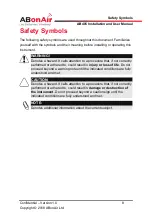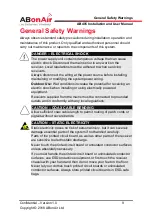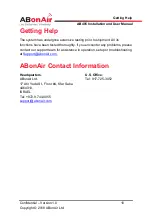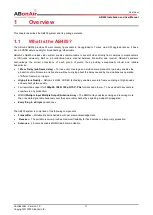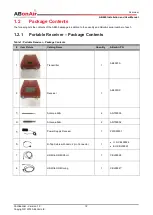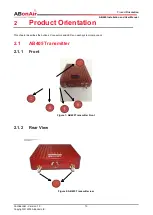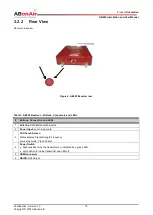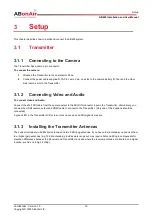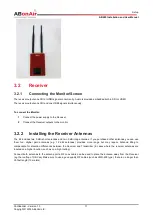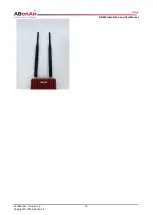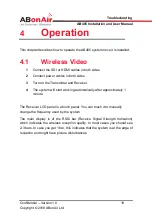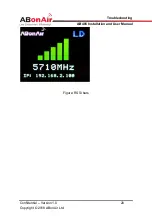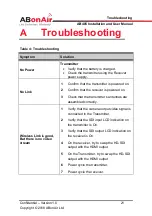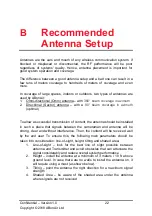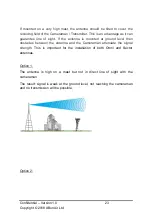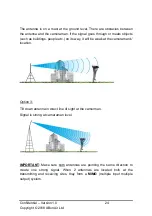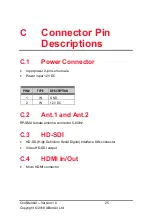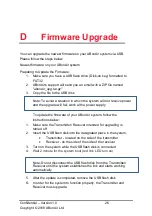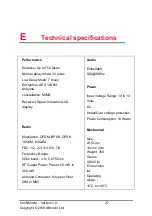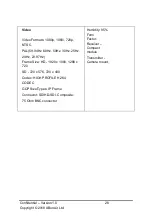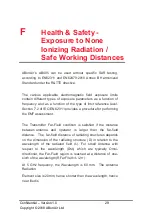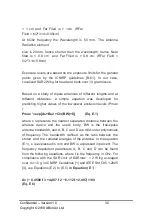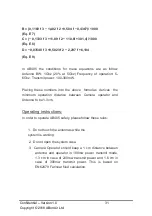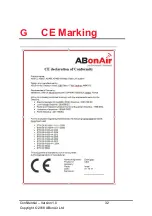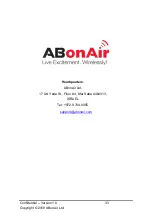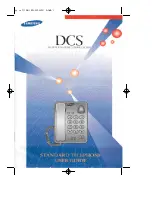
Confidential – Version 1.0
22
Copyright © 2018 ABonAir Ltd.
B
Recommended
Antenna Setup
Antennas are the ears and mouth of any wireless communication system. If
blocked or misplaced or disconnected, the RF performance will be poor
regardless of systems' quality. Hence, antenna placement is important for
good system operation and coverage.
The difference between a good antenna setup and a bad one can result in a
few tens of meters coverage to hundreds of meters of coverage and even
more.
In coverage of large spaces, indoors or outdoors, two types of antennas are
used by ABonAir:
1. Omni-directional (Omni) antenna – with
360° beam coverage in azimuth
2. Directional (Sector) antenna – with a
90° beam coverage in azimuth
(optimal)
To allow a successful transmission of content, the antenna should be installed
in such a place that signals between the cameraman and antenna will be
strong, clear and without interference. Then, the content will be received well
by the end user. To ensure this, the following main parameters should be
taken into consideration: line-of-sight, height, tilting and shaded area:
1. Line-of-sight – look for the best line of sight possible between
antenna and Transmitter and avoid obstacles that can attenuate the
signal considerably and reduce overall system performance
2. Height – install the antenna at a minimum of 3 meters / 10 ft. above
ground level. In case there are no walls to install the antenna on, it
will require using a mast (as shown below).
3. Tilting – point the antenna the right direction for a maximum signal
strength
4. Shaded Area – be aware of the shaded area under the antenna
where signals are not received

